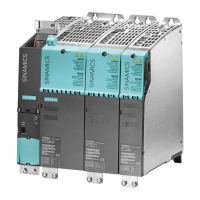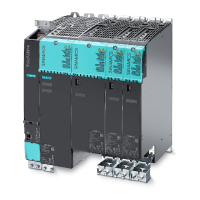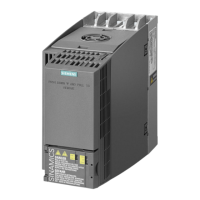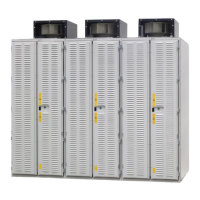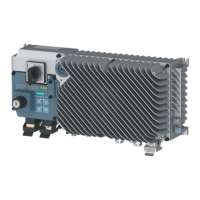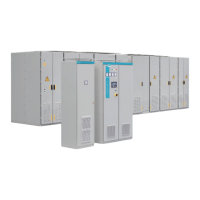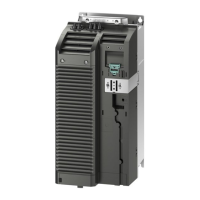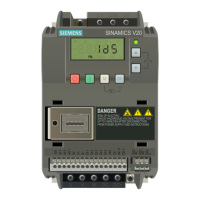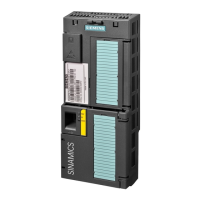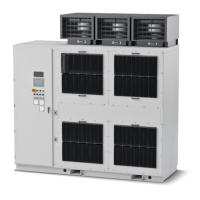Drive Dimensioning
Engineering Information
SINAMICS Engineering Manual – November 2015
Ó Siemens AG
510/528
Selection of a suitable converter or Motor Module for drives with quadratic load torque
The rated output current of the converter or Motor Module must be at least as high as the motor current I
Mot
at the
required load point.
If the motor is operated at the required load point at rated output (M
rated
and n
rated
as well as V
rated
and I
Mot-rated
), as
depicted in the diagram above, the rated output current of the converter or Motor Module must be at least as high as
the rated current I
Mot-rated
of the motor.
If the motor is operated at the required load point below its rated output at partial load (constant flux range with rated
flux), the rated output current of the converter or Motor Module must be at least as high as the motor current I
Mot
at
the load point, which can be calculated with acceptable accuracy for typical asynchronous motors according to the
formula below:
2
2
2
ratedAct
rated
Mot
I
M
M
II
-
×
÷
÷
ø
ö
ç
ç
è
æ
+=
m
.
Key to formula:
· I
μ
Magnetization current (no-load current) of motor. This is calculated from the rated current
I
Mot-rated
of the motor and the rated power factor cosφ
Mot-rated
of the motor as follows
ratedMotratedMot
II
--
-=
j
m
cos1
.
· M Motor torque at the load point under consideration
· M
rated
Rated motor torque
· I
Act-rated
Rated active current of motor. This is calculated from the rated current I
Mot-rated
of the
motor and the magnetization current I
μ
of the motor as follows
22
m
III
ratedMotratedAct
-=
--
.
In drives with Siemens SIMOTICS SD series 1LG6 standard asynchronous motors and Siemens SIMOTICS TN
series N-compact 1LA8 / 1PQ8 / 1LL8 trans-standard asynchronous motors, the motors can be operated at full rated
torque or full rated power even in converter-fed operation. By contrast with direct line operation where they are
utilized according to temperature class 130 (previously temperature class B) at the nominal working point, they are
utilized in converter-fed operation according to temperature class 155 (previously temperature class F) owing to stray
losses.
If the motors may only be utilized according to temperature class 130 (previously temperature class B) in converter-
fed operation as well, torque or power derating will be required, as illustrated in the diagram below. The level of
derating depends on the motor series and ranges, for example, from 10 % for SIMOTICS SD series 1LG6 standard
asynchronous motors to 15% for SIMOTICS TN series N-compact 1LA8 1PQ8 / 1LL8 trans-standard asynchronous
motors. For further information, please refer to Catalog D 81.1 SIMOTICS Low-Voltage Motors.
Constant flux range Field-weakening range
Utilization according to
temperature class 155
Utilization according to
temperature class 130
Torque limit curves
for self-cooled motors
M
0
Nominal operating point of motor
Torque limit curves
for forced-cooled motors
0
M
rated
ff
rated
n
n
rated
oror
Typical characteristic of thermally permissible torques in continuous operation of Siemens asynchronous
motors as a function of speed, ventilation and thermal utilization (temperature class)
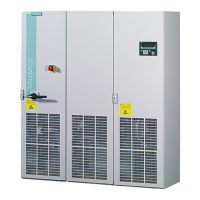
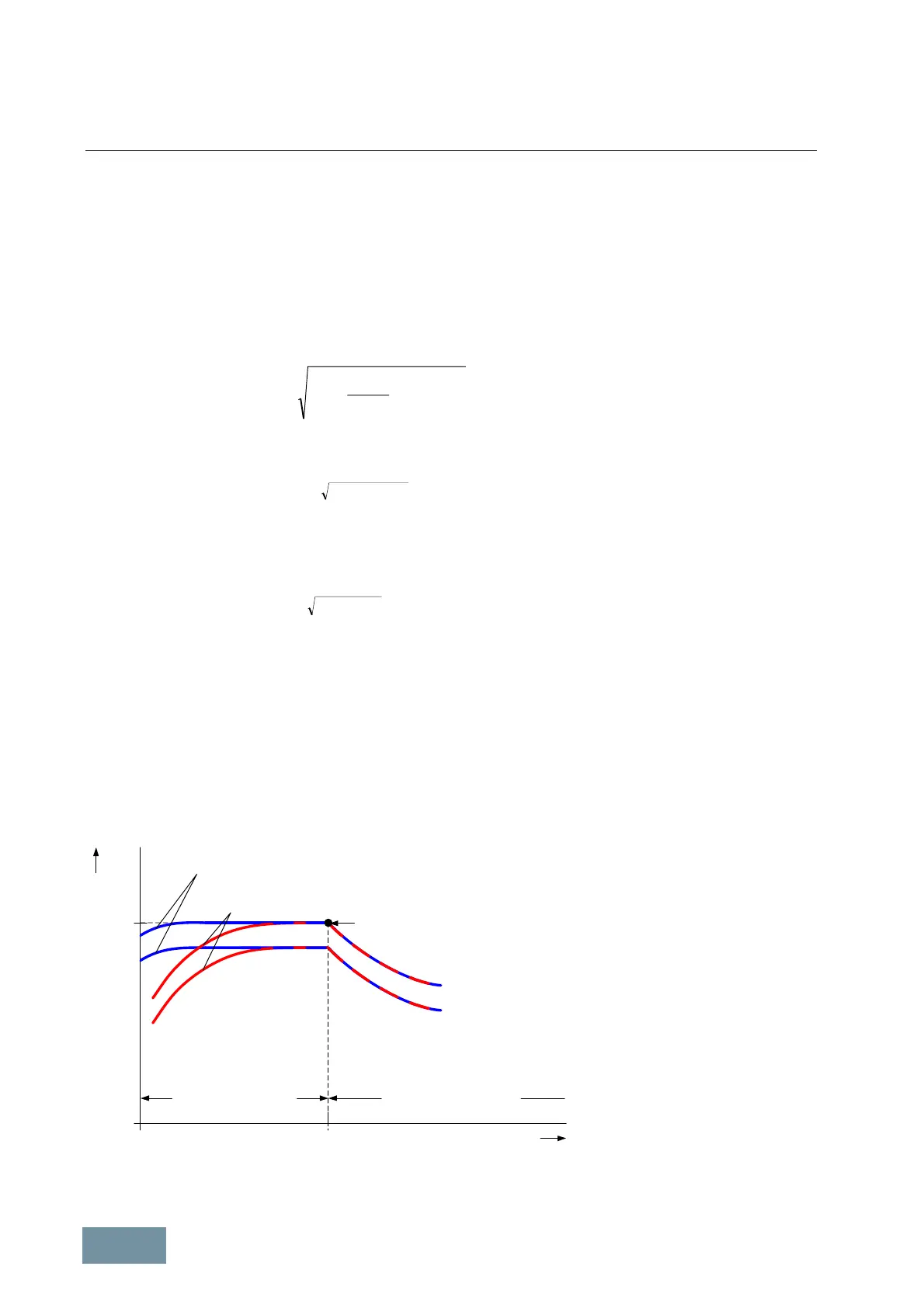